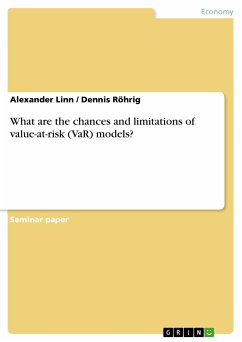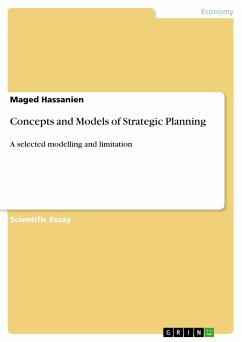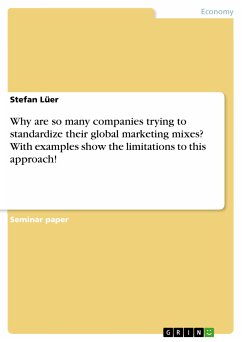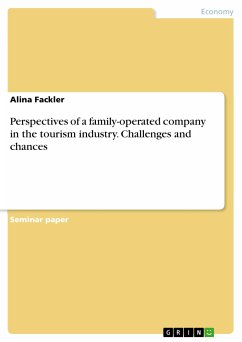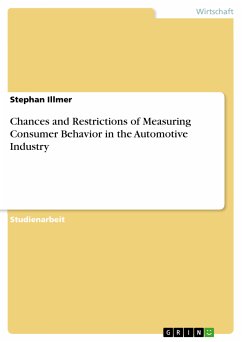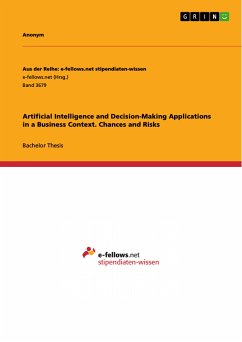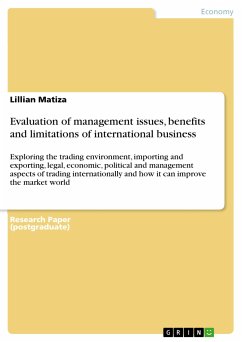Seminar paper from the year 2004 in the subject Business economics - Controlling, grade: 1,7, European Business School - International University Schloß Reichartshausen Oestrich-Winkel (Department of Accounting and Control), language: English, abstract: The risk and return framework is generally accepted and discussed by scientists, at least since Markowitz introduced his Portfolio Theory in 1952. Subsequently, models were developed to evaluate investments under consideration of risk and return. Traditionally, practitioners primarily focused on past earnings as a measure of the profitability of an investment, without adequately considering potential risks. Therefore, the development of professional risk management systems was often neglected. Thus, the possibility of high losses was not appropriately incorporated in their investment strategies. The consequences of such mistreatment became evident in the mid 1990s, when some of the world's largest companies faced huge losses and sometimes even insolvency. Most of these failures were a direct result of inappropriate use of financial instruments and insufficient internal control mechanisms. The most spectacular debacles even resulted in losses of more than one billion dollars for each affected institution. In case of Barings Bank, a single trader ruined the 233-year old British financial institution by inappropriate investments in high-risk futures in 1995. The consequent loss of $1.3 billion, realized in a very short period, could not be absorbed and forced the downfall of Barings. At Daiwa Bank, it was also a single trader who caused a $1.1 billion deficit. In contrast, the losses were accumulated over 11 years from 1984. Another well-publicized bankruptcy was declared in 1994 by the Californian Orange County, after losses of $1.8 billion. Such evidence of poor risk management and control shows that proper financial risk management is crucial for all kinds of institutions in order to guarantee stability and continuity. Therefore, it is necessary to establish adequate risk management processes and to develop appropriate tools, which quantify risk exposures of both entire institutions and single financial instruments. This risk quantification should alert management early enough to prevent exceptional losses. One of the key concepts addressing these prob-lems of modern risk management was introduced in 1993 with the Value-at-Risk (VaR) models.
Dieser Download kann aus rechtlichen Gründen nur mit Rechnungsadresse in A, B, BG, CY, CZ, D, DK, EW, E, FIN, F, GR, HR, H, IRL, I, LT, L, LR, M, NL, PL, P, R, S, SLO, SK ausgeliefert werden.

